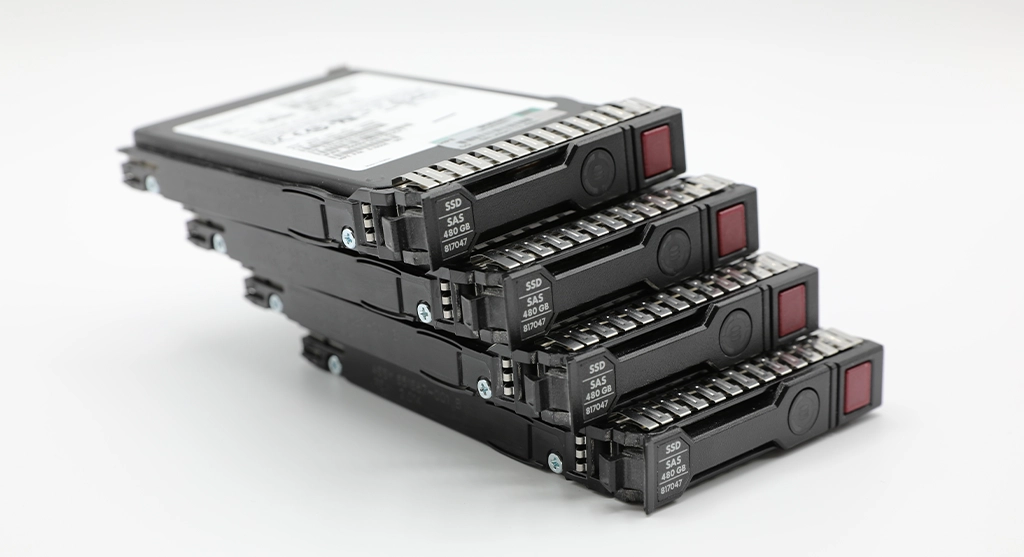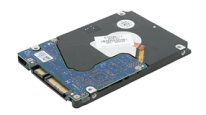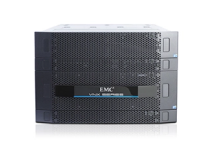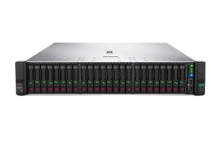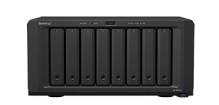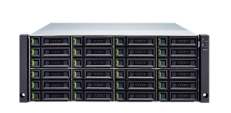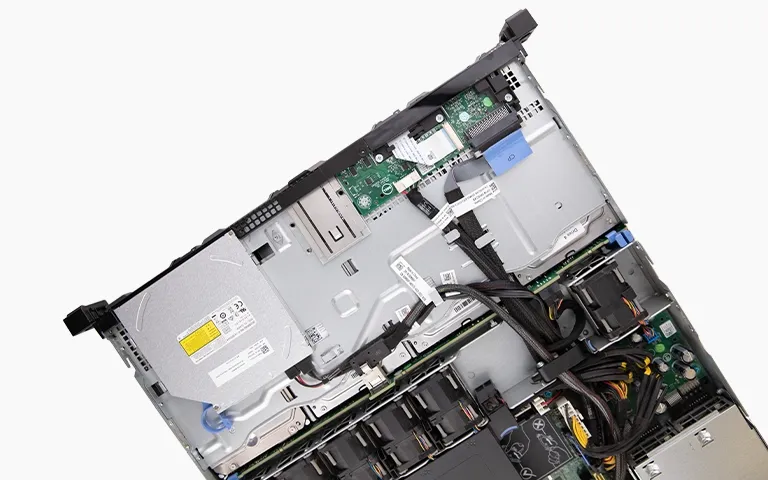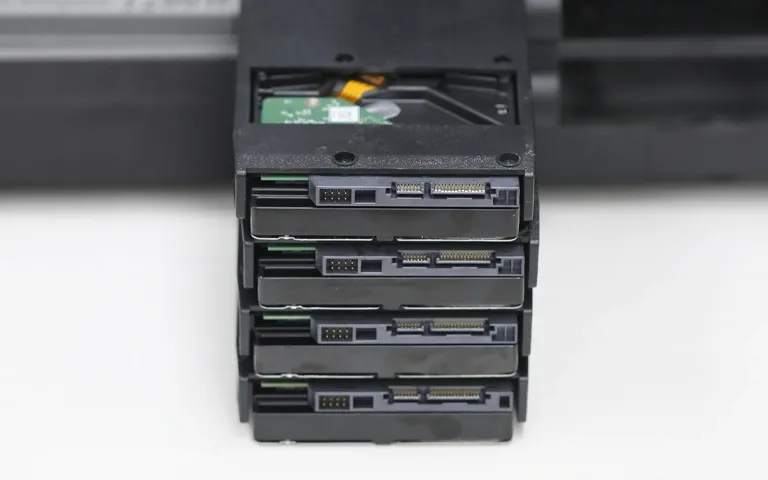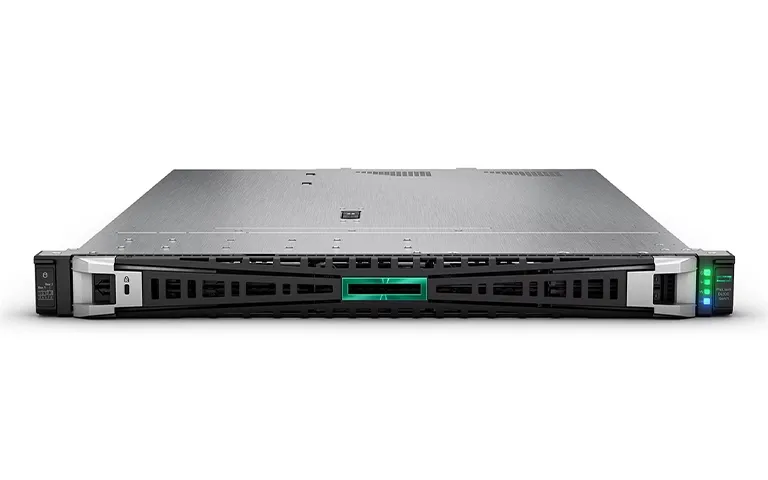Understanding RAID 10
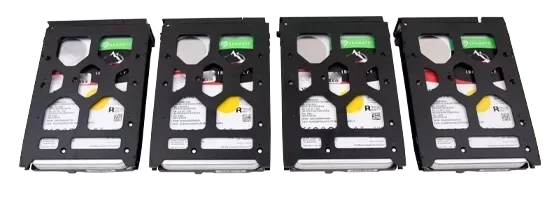
RAID 10, also known as RAID 1+0, is a high-performance and fault-tolerant RAID level. It combines the features of RAID 1 (mirroring) and RAID 0 (striping) to provide redundancy and enhanced read and write speeds. While this configuration offers great data protection and performance benefits, it does not make your data impervious to failures.
RAID 10 uses mirroring and striping across multiple disks—data is mirrored for redundancy, then striped for enhanced performance. This setup offers both fault tolerance and high-speed access.
RAID 10 Data Loss
Disk Failures
One of the most common reasons for data loss in RAID 10 is disk failures. A single disk failure can lead to data loss even in a RAID 10 setup, where data is mirrored.
RAID Controller Issues
Problems with the RAID controller, which manages the array, can make data inaccessible.
Human Error
Accidental deletion of files or misconfiguration of the RAID array can lead to data loss.
Power Surges
Electrical issues or power surges can cause damage to the disks or the RAID controller, leading to data loss.
Natural Disasters
Events like fires or floods can physically damage the hardware, making data recovery challenging.
Data Recovery from RAID 10 Drives
At PITS, we specialize in unraveling the intricate complexities of RAID 10 arrays. Our team of data recovery experts has years of experience dealing with RAID levels and has successfully recovered data from countless RAID 10 configurations. Whether it is a single disk failure or a complete RAID 10 array meltdown, we have the knowledge and tools to retrieve your lost files.
Our experts are well-versed in the nuances of RAID 10 recovery. They understand that recovering data from a RAID 10 array is not a one-size-fits-all process. Different RAID 10 configurations and causes of data loss require tailored approaches for the best results.
How to Recover Data from Failed RAID 10
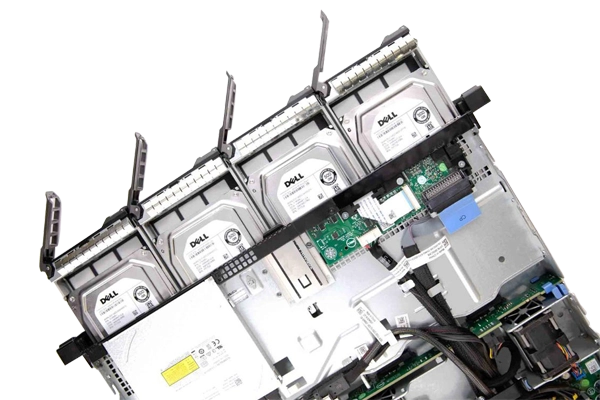
When faced with a RAID 10 failure, it is natural to explore DIY solutions. However, attempting to recover data from a failed RAID 10 array without the necessary expertise and tools can lead to further data loss and complications.
DIY recovery attempts can often result in critical mistakes that exacerbate the problem. RAID 10 recovery is a complex process that requires specialised knowledge and access to advanced equipment and software tools. Without these resources, the chances of successful recovery are significantly diminished.
A common mistake in RAID 10 recovery is rebuilding the array without understanding its structure.
RAID recovery is complex and best handled by professionals like PITS Data Recovery. We have the expertise and tools to manage even the most difficult cases.
Related Data Recovery Services to RAID 10
Expert data recovery providers employ cutting-edge technologies and methodologies to ensure the highest possible success rates in recovering valuable information. They also prioritize data confidentiality and security throughout the process, using encryption and secure protocols to safeguard sensitive information.
